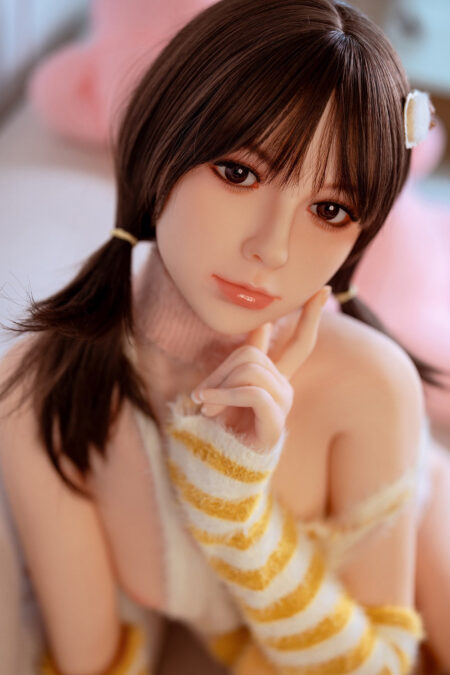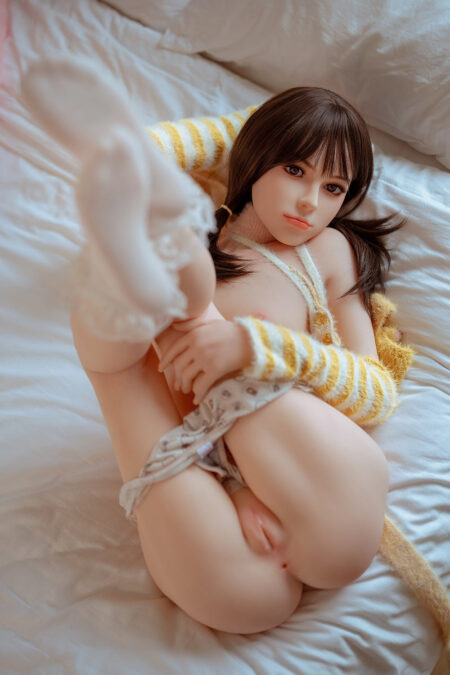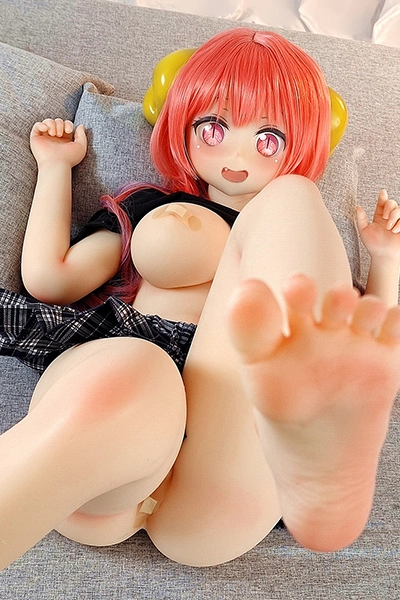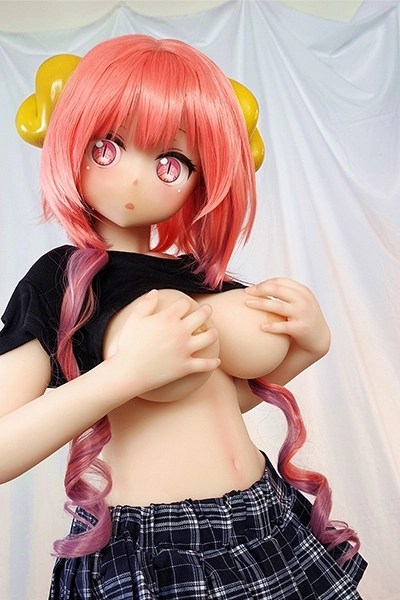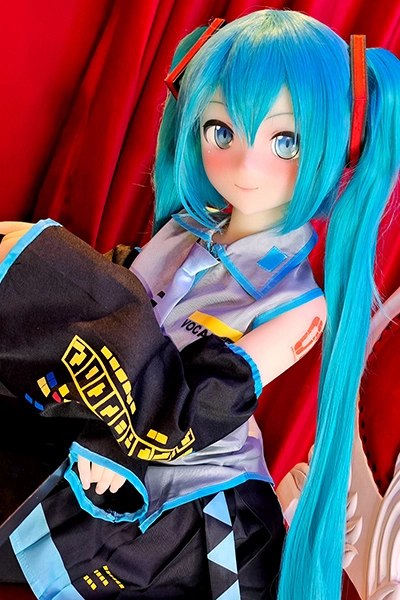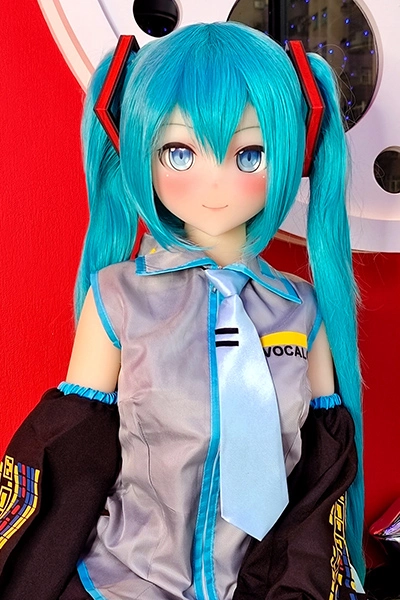The Artistic and Ethical Aspects of Sex Dolls in Photography
June 14, 2024 2024-06-14 18:16The Artistic and Ethical Aspects of Sex Dolls in Photography
on
June 14, 2024

The Artistic and Ethical Aspects of Sex Dolls in Photography
Photography has always been about capturing moments, emotions, and stories. Recently, some photographers have turned to sex dolls as unique subjects. To find out how sex dolls are used in photography, we will discuss their artistic value and the ethical questions they raise.
Historical and Evolution of Sex Dolls
Sex dolls have a long history, initially created for practical purposes. Early versions appeared as far back as the 17th century. Over time, their construction evolved from simple, crude forms to highly realistic models made of silicone and other advanced materials. These improvements made them more suitable for artistic deeds. In the late 20th century, artists began using sex dolls in their work to make bold statements about society and human relationships. These dolls transitioned from taboo objects to accepted art forms. Pioneering artists played a significant role in this shift, using dolls to challenge norms and provoke thought. Today, sex dolls are recognized as valid subjects in various artistic media. They offer a way to explore identity, intimacy, and loneliness. Their realistic features and lifelike appearance make them excellent subjects for photographers looking to push boundaries and express complex ideas. The evolution of sex dolls in art reflects broader changes in society’s attitudes towards taboo subjects. As these attitudes shift, more artists feel empowered to use unconventional materials and subjects, opening new ways for creative expression.Artistic and Practical Uses
Photographers use sex dolls in various genres, from portraits and fashion to conceptual art. In portrait photography, dolls can stand for human models, providing a consistent and controllable subject. Their unchanging expressions and poses allow photographers to experiment with lighting and angles without the unpredictability of human models. In fashion photography, sex dolls can wear and showcase clothing just like live models. This use is practical and cost-effective, especially for experimental shoots focusing on the clothing rather than the model. Photographers can pose the doll in ways that human models might find uncomfortable or impossible, adding an extra layer of creativity. Conceptual photographers often use sex dolls to make statements about society, relationships, and human nature. The dolls’ lifelike appearance but lack of true life can highlight themes of isolation, artificiality, and the human condition. These projects can provoke strong emotional responses and spark meaningful conversations. On a practical level, sex dolls are always available and don’t need breaks, making them ideal for long and complex shoots. Their use can reduce costs and logistical issues associated with hiring human models. This practicality makes them an appealing choice for both seasoned and amateur photographers.Ethical Considerations and Societal Perceptions
Using sex dolls in photography raises several ethical questions. One is objectification. Critics argue that photographing dolls can perpetuate harmful stereotypes and reduce complex human experiences to mere objects. This viewpoint suggests that using dolls could make people less sensitive to real human emotions and relationships. Another ethical issue is consent. While dolls cannot consent, using them in specific ways could be seen as endorsing behaviors that are unacceptable to real people. Photographers must be careful when dealing with these issues and consider the potential impact on viewers and the messages they send. Societal reactions to sex dolls in photography vary widely. Some see it as a legitimate art form that pushes boundaries and challenges norms. Others view it as inappropriate or offensive. This split in perception can influence how works featuring sex dolls are received and critiqued. The use of sex dolls can also highlight societal attitudes towards sex, relationships, and technology. As these dolls become more lifelike, they raise questions about what it means to be human and how we relate to artificial beings. These discussions can be uncomfortable but are essential for understanding the implications of advancing technology. Photographers using sex dolls must be aware of these ethical and societal considerations. They must approach their work thoughtfully, respecting their audience and the subjects they portray. By doing so, they can create meaningful art that challenges viewers while remaining sensitive to potential criticisms.Case Studies and Notable Projects
Numerous photographers have gained attention for their work with sex dolls. One notable example is the work of Laurie Simmons, who uses dolls to explore themes of domesticity and gender roles. Her images often feature dolls in everyday settings, provoking thought about the roles and expectations placed on women. Another prominent photographer is Elena Dorfman, known for her series “Still Lovers,” which documents the lives of people who form emotional relationships with sex dolls. Her work humanizes the dolls, showing them as part of intimate, often complex, personal narratives. Dorfman’s photographs challenge viewers to reconsider their perceptions of love and companionship. In the fashion world, photographer Helmut Newton used mannequins and dolls in his shoots to create striking, surreal images. His work often blurred the lines between reality and fantasy, using the static nature of dolls to enhance the dreamlike quality of his photographs. Newton’s use of dolls helped establish their place in high fashion photography. The work of these photographers shows the versatility and depth that sex dolls can bring to art. Incorporating these lifelike figures into their shoots creates compelling visual stories that question societal norms and provoke thought. Their success demonstrates the potential of sex dolls as subjects in serious art.Tips and Guidelines for Photographers
For photographers interested in using sex dolls, several practical tips can help ensure successful shoots. First, it’s crucial to handle the dolls carefully to avoid damage. This approach preserves the dolls and sets a professional tone for the project. When posing dolls, creativity is critical. Unlike human models, dolls can hold poses indefinitely, allowing photographers to experiment with complex setups and lighting scenarios. Trying out different angles and perspectives can lead to unique and captivating images. Lighting is crucial in photography, and working with sex dolls is no different. Proper lighting can enhance the dolls’ lifelike features and create the desired mood. Experimenting with various lighting techniques can help bring out the best in these subjects. Post-processing is another area where photographers can get creative. Editing software can enhance the dolls’ appearance, adding realism or emphasizing their artificial nature, depending on the project’s goals. Paying attention to details in post-production can significantly impact the final result. Lastly, it’s essential to consider the context and message of the photographs. Photographers should think about what they want to convey and how the use of sex dolls supports that vision. By doing so, they can create meaningful and impactful art that resonates with viewers.Conclusion
Sex dolls offer unique opportunities and challenges in photography. Their lifelike appearance and flexibility make them valuable tools for exploring complex themes and pushing creative boundaries. However, ethical considerations and societal perceptions must be carefully thought through. But photographers can approach the subject thoughtfully and create compelling art that sparks meaningful conversations.Blanca – Big Breast BBW Sex Doll – AU Stock
Sarah – Life Size Lolita Anime Sex Doll with Big Breast – AU Stock
Libby Watkins – European Sexy Blonde Love Doll with Big Breast- AU Stock
Parry – Rabbit Sex Doll with Big Breast – AU Stock
Selam – Latina Sex Doll with Big Breast – AU Stock
Lulia – Asian Charming Sex Doll – AU Stock
Isabella Barnes – SmaII Breast Cutie Japanese Sex Doll – AU Stock
Aerith – FIat Chess Anime Swimsuit Sex Doll – AU Stock
Anil – Spy Party Sex Doll with Huge Breast – AU Stock
Hatsune Miku – SmaII Breast Cute Anime Sex Doll – AU Stock
Share:












